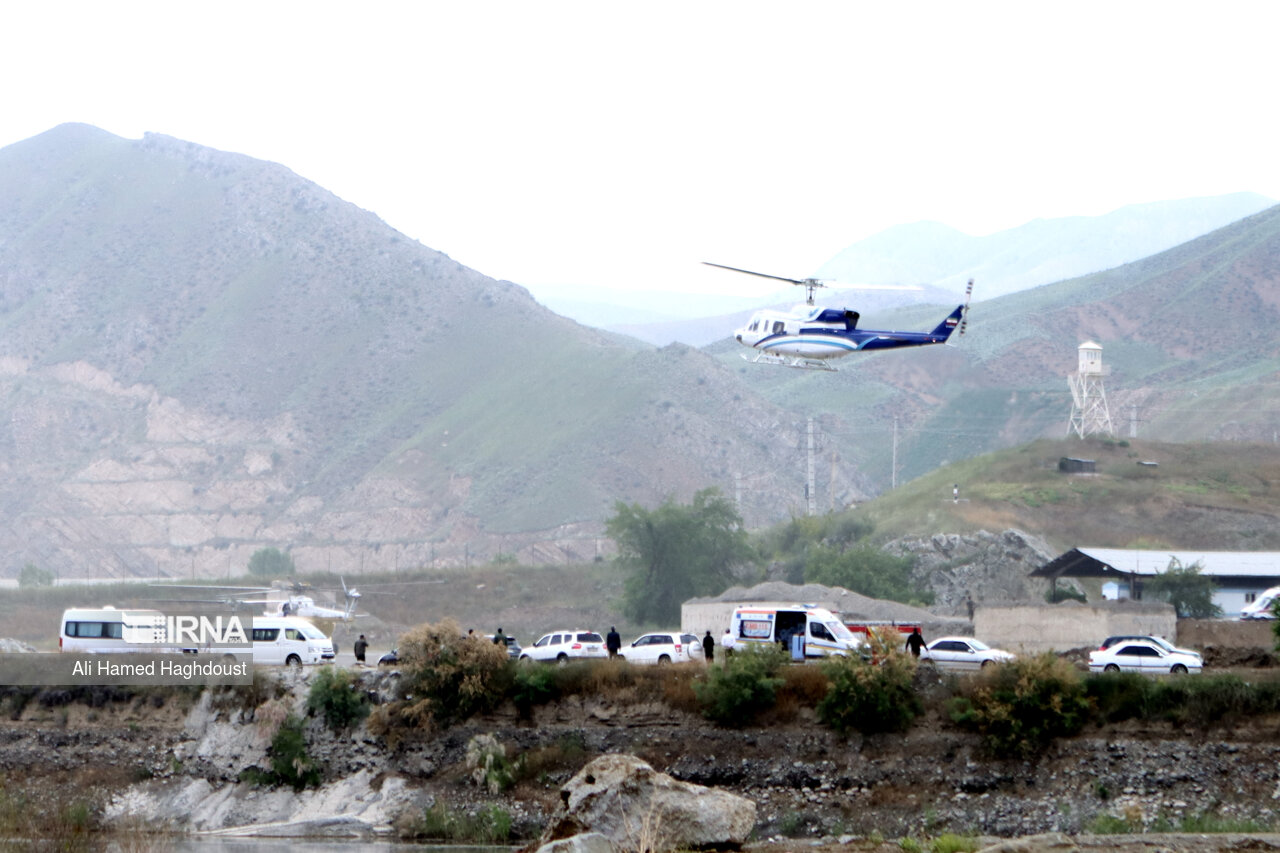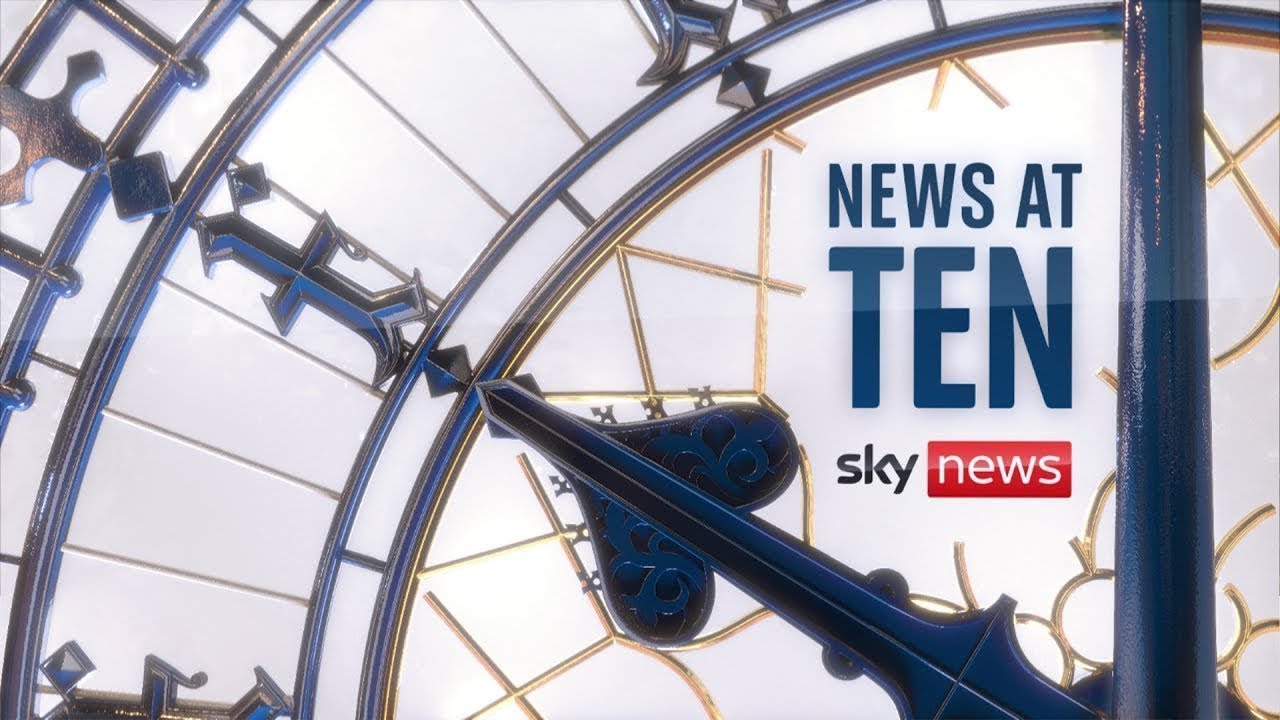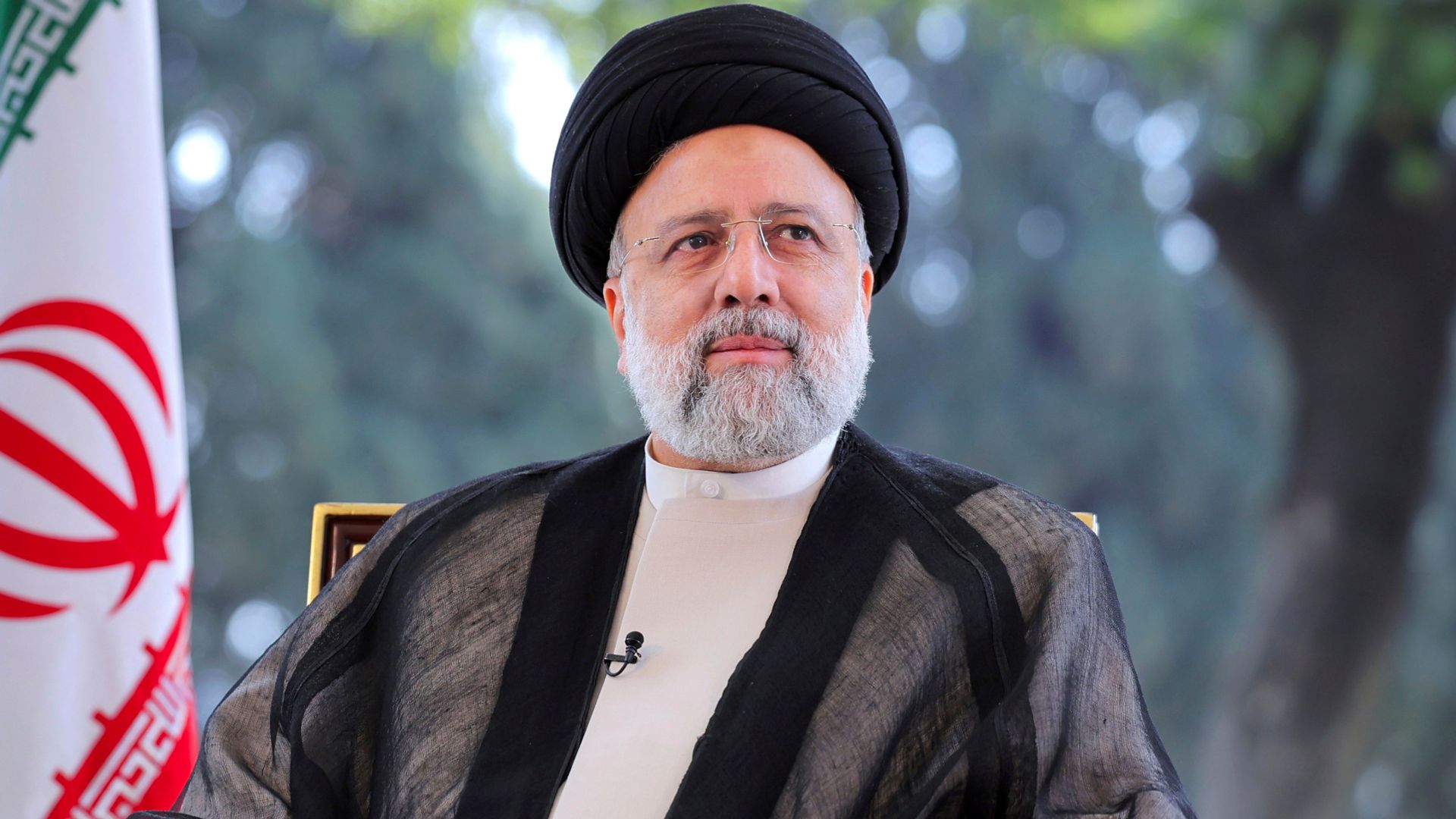Iranian President’s Absence
Iran president missing – In recent months, Iranian President Ebrahim Raisi has been notably absent from public appearances, sparking speculation about his health and the implications for Iranian politics.
Raisi’s last public appearance was on June 27, 2023, when he addressed a gathering of Iranian officials in Tehran. Since then, he has missed several scheduled events, including a meeting with Russian President Vladimir Putin and a trip to China.
Official Statements
Iranian officials have provided conflicting explanations for Raisi’s absence. Some have claimed that he is suffering from a minor illness, while others have suggested that he is undergoing medical tests.
However, no official medical diagnosis has been released, and there is speculation that Raisi’s absence may be due to political reasons.
Potential Implications
Raisi’s absence has raised concerns about the stability of the Iranian government. He is the country’s highest-ranking official, and his absence could create a power vacuum that could be exploited by rivals.
Additionally, Raisi’s absence could weaken Iran’s position in international negotiations, as he is the country’s primary representative on the world stage.
Speculation and Rumors: Iran President Missing

Amidst the Iranian President’s absence, various rumors and speculations have surfaced, creating a buzz within the Iranian populace and beyond. These speculations range from credible claims based on reliable sources to baseless theories and conspiracy narratives. It is crucial to analyze the sources and credibility of these rumors to understand their potential impact on public sentiment and political stability in Iran.
Source of Rumors
The sources of these rumors vary widely, including government officials, anonymous insiders, opposition groups, and social media platforms. While some rumors originate from credible sources and may be based on actual information, others lack a solid foundation and rely on hearsay or conjecture.
It is essential to evaluate the credibility of the sources and consider their motivations before accepting any rumors as factual. Government officials may have an incentive to spread misinformation to control the narrative, while opposition groups might exaggerate or fabricate claims to discredit the regime.
Impact on Public Sentiment
The spread of rumors and speculations can have a significant impact on public sentiment in Iran. Rumors that portray the President’s absence as a sign of instability or internal power struggles can create anxiety and distrust among the population.
Conversely, rumors that suggest the President is in good health and will return soon can provide reassurance and maintain a sense of normalcy. It is important to note that even unfounded rumors can influence public perception and shape political discourse.
Potential for Political Instability
In the context of Iran’s complex political landscape, rumors and speculations can exacerbate tensions and contribute to political instability. If rumors of internal divisions or power struggles gain traction, they can undermine the legitimacy of the government and potentially lead to protests or unrest.
Moreover, rumors that question the President’s health or ability to lead can create uncertainty about the future of Iran’s leadership, potentially destabilizing the political system and creating a power vacuum.
Historical Context
In Iranian history, there have been several instances of leaders disappearing or being absent from public view for extended periods.
Shah Mohammad Reza Pahlavi
In 1979, Shah Mohammad Reza Pahlavi fled Iran amidst the Iranian Revolution. He remained in exile until his death in 1980.
Ayatollah Ruhollah Khomeini
In 1989, Ayatollah Ruhollah Khomeini, the Supreme Leader of Iran, suffered a heart attack and was hospitalized. He remained in seclusion for several weeks before his death was announced.
Similarities and Differences
The disappearances of Shah Mohammad Reza Pahlavi and Ayatollah Ruhollah Khomeini share some similarities with the current absence of President Raisi.
- In all three cases, the leaders were absent from public view for extended periods.
- In all three cases, the circumstances surrounding the disappearances were not immediately clear.
However, there are also some key differences.
- Shah Mohammad Reza Pahlavi and Ayatollah Ruhollah Khomeini were both in poor health at the time of their disappearances, while President Raisi is reportedly in good health.
- Shah Mohammad Reza Pahlavi and Ayatollah Ruhollah Khomeini both died in exile, while President Raisi is still in Iran.
International Reactions
The extended absence of the Iranian President has drawn significant attention and concern from the international community. Leaders and organizations have expressed their views and issued statements, reflecting the complex diplomatic implications of this situation.
Rumors of Iran’s President’s disappearance have sent shockwaves through the nation. Amidst the uncertainty, it’s crucial to stay informed with the latest iran president update . While details remain scarce, credible sources provide essential information that can help us understand the evolving situation and the potential implications for Iran’s future.
Diplomatic Implications
The absence of the President has raised questions about the stability and continuity of Iran’s leadership. International actors are closely monitoring the situation, assessing its potential impact on bilateral relations and regional dynamics.
The absence of the Iranian president has raised concerns about his well-being. While there are speculations that he may have met an untimely demise, as suggested by the reports of ” iran president is dead “, his whereabouts remain a mystery.
The situation has left the nation in a state of uncertainty, as they eagerly await news of their leader’s return or any confirmation of the rumors surrounding his fate.
Some countries have expressed concern over the possibility of a power vacuum or political instability within Iran. This could lead to increased tensions with neighboring states and affect ongoing negotiations on key issues such as the nuclear program.
Consequences of Reactions
The international community’s reactions to the President’s absence may have significant consequences for Iran’s domestic politics.
- Internal Legitimacy: International scrutiny and criticism could undermine the legitimacy of the Iranian government and its ability to maintain control.
- Foreign Policy Impact: The reactions of foreign leaders could influence Iran’s foreign policy decisions, as the government may seek to avoid further international pressure or isolation.
- Domestic Stability: Prolonged uncertainty and international attention could fuel domestic unrest or political divisions within Iran.
Analysis
The international community’s response to the President’s absence reflects a cautious approach, balancing concerns about Iran’s internal stability with the need for diplomatic engagement.
While some countries have expressed support for Iran’s leadership, others have called for transparency and accountability. The absence of the President has also highlighted the importance of maintaining open lines of communication and dialogue with Iran.
The absence of Iran’s President has left the nation in a state of unease. The recent crash has further heightened tensions, casting a shadow over the already precarious political landscape. The whereabouts of the President remain unknown, fueling speculation and adding to the sense of uncertainty that grips the country.
As the situation continues to unfold, the international community will continue to monitor events closely and adjust its reactions accordingly, with the aim of promoting stability and addressing concerns related to Iran’s leadership and governance.
Media Coverage

The absence of the Iranian President has garnered significant attention from both Iranian and international media outlets. The coverage has varied in tone, perspective, and accuracy, reflecting the complex political and social dynamics within Iran.
Iranian Media Coverage
Iranian state-controlled media has largely downplayed the President’s absence, emphasizing his ongoing duties and health. Official statements have maintained that the President is “in good health” and “continues to perform his duties remotely.” However, some independent Iranian media outlets have raised questions about the accuracy of these claims, reporting on rumors of the President’s hospitalization or even death.
International Media Coverage
International media outlets have also covered the President’s absence extensively, with varying degrees of skepticism. Some Western media outlets have reported on the rumors surrounding the President’s health, while others have adopted a more cautious approach, citing the lack of official confirmation.
Potential Influence on Public Opinion and Political Discourse, Iran president missing
The media coverage of the President’s absence has the potential to influence public opinion and political discourse in Iran. The state-controlled media’s downplaying of the issue could lead to public skepticism and distrust, while the reporting of rumors in independent media outlets could fuel speculation and anxiety.
Impact on Iran’s Stability
The absence of Iran’s President poses significant risks and challenges to the country’s political stability. The power vacuum created by his absence could lead to power struggles and succession issues, potentially destabilizing the regime and sparking unrest.
The security forces and other institutions play a crucial role in maintaining order and preventing unrest. However, if these institutions are divided in their loyalties or become involved in power struggles, it could further destabilize the situation.
Potential Power Struggles and Succession Issues
- Competition among different factions within the Iranian government for control and influence.
- Attempts by hardline elements to seize power and suppress dissent.
- Unclear succession plans and potential disputes over who should succeed the President.
Role of Security Forces and Other Institutions
- The Iranian Revolutionary Guard Corps (IRGC) is a powerful force that could play a decisive role in maintaining order or suppressing dissent.
- The Basij militia, a paramilitary force loyal to the regime, could be used to quell unrest or intimidate opponents.
- The judiciary and intelligence services could also be used to suppress dissent and maintain control.
Future Scenarios

The future course of events surrounding the Iranian President’s absence remains uncertain, with several potential scenarios unfolding. The implications of each scenario for Iran’s political landscape and regional dynamics are significant.
President’s Return
If the President returns, it could potentially stabilize the situation and restore confidence in the government. However, his return could also lead to further political turmoil if he faces charges or is unable to effectively lead due to health issues.
Continued Absence
If the President remains absent, the country could face a prolonged period of political uncertainty and instability. This could lead to a power struggle within the government and potentially create a vacuum that could be exploited by opposition groups.
Factors Influencing the Outcome
- The President’s health condition and prognosis
- The response of the government and security forces
- The reaction of the Iranian people and international community
- The political dynamics within the government and the wider Iranian society
The outcome of the situation will likely depend on the interplay of these factors, making it difficult to predict with certainty.